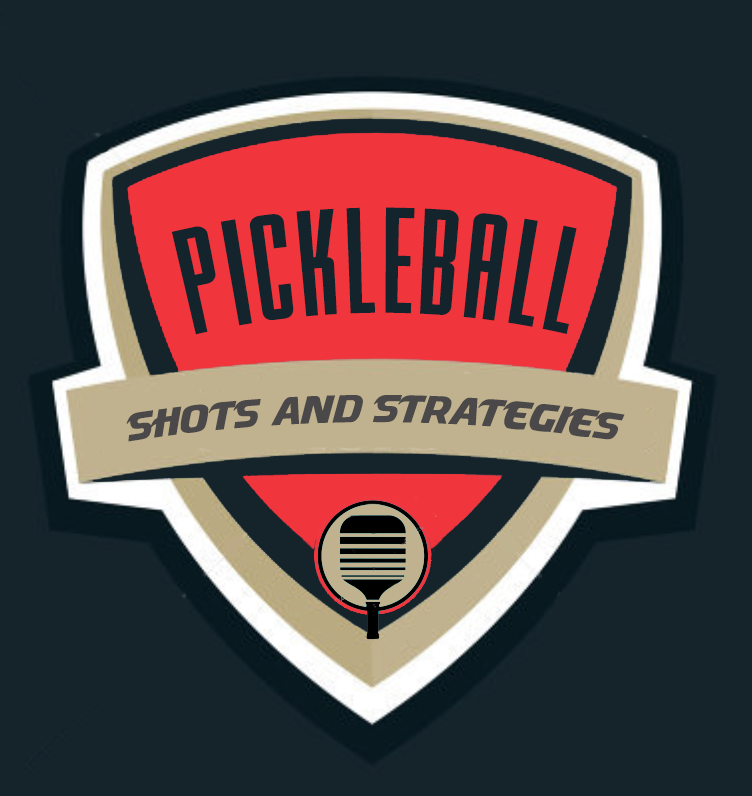USING POWER INDEX TO CONTROL DEPTH
The “Power Index” is a term I coined to describe the pace used to control ball placement to different target areas or different depths on the court.
Generally you are trying to hit the ball either deeper in the court (to the baseline) or shorter (to your opponent’s kitchen).
The most common areas you want to hit the ball to are deeper in the court to the baseline or shorter to your opponent’s kitchen. Of course, there will be many times that your opponents will be advancing to the NVZ line and you will want to place mid court shots aiming for their feet.
Placing a ball to land at a specific distance is common in other sports as well. Both golf and basketball feature this concept. In Basketball, a free throw is always 15 feet. A 3 point shot is always 23 feet and 9 inches from the center of the basket. (Granted, NBA rules have been changed over time because some multi-million dollar players cannot make a 15 foot free throw consistently.)
In pickleball, there are also common distances that you need to remember.
When hitting your third shot, the distance from your baseline to your opponent’s NVZ line is 29 feet. The distance from one NVZ line to the other is 14 feet. Once you’re familiar with these distances and have a feel for hitting the ball, you can adjust pace to accurately place your shots.
For example: On a scale from 1 to 100 with 100 being the hardest Pace:
My Forehand Drive to make my opponent hit a Volley has a pace of 80 to 90.
My Dinks from kitchen to kitchen have a pace of 15.
My Drop Shot from the baseline into my opponent’s kitchen is paced at 25.
A Soft Forehand designed to make my opponent hit a Low Volley has a pace of 40.
My Drive Volley designed to pass or tag my opponent has a pace of 80 to 90.
A Drop Volley from the NVZ into your opponent’s kitchen uses a pace of 15.
A Lob from your kitchen to your opponent’s baseline is paced at 35.
A Lob from your baseline to your opponent's baseline has a pace of 50.
A Volley to your opponent’s baseline is paced at 50 to 60.
A Serve has a pace of 60 to 85.
A Return of Serve is paced at 60 to 80.
A returning shot from your kitchen back to the Baseline has a pace of 50.
A mid court shot placed to your opponent’s kitchen hit with a pace of 20 to 30.
To control the placement of your shots, it’s extremely important to remember how hard and at what pace each shot is hit.
